Select an Orthopaedic Specialty and Learn More
Use our specialty filter and search function to find information about specific orthopaedic conditions, treatments, anatomy, and more, quickly and easily.
GET THE HURT! APP FOR FREE INJURY ADVICE IN MINUTES
Shoreline Orthopaedics and the HURT! app have partnered to give you virtual access to a network of orthopaedic specialists, ready to offer guidance for injuries and ongoing bone or joint problems, 24/7/365.
Browse Specialties
-
- Minimally Invasive Surgery (Arthroscopy)
Arthroscopy (Minimally Invasive Surgery)
Arthroscopy is a minimally invasive surgical procedure used by orthopaedic surgeons to visualize, diagnose, and treat problems inside the joint. Because it requires only tiny incisions, arthroscopy can be performed without a major, invasive operation and many procedures can be done on an outpatient basis.
More Info -
- Joint Disorders
- Muscle Disorders
- Shoulder
- Sports Medicine
Biceps Tendinitis
Inflammation of a tendon is called tendinitis. An inflammation or irritation of the upper biceps tendon is called long head of biceps tendinitis. Inflammation is the body’s natural response to injury, disease, overuse or degeneration, and it often causes swelling, pain or irritation.
More Info -
- Hand & Wrist
De Quervain’s Tendinitis
De Quervain’s tendinitis occurs when the tendons around the base of the thumb become irritated or swollen, causing the synovium around the tendon to swell and changing the shape of the compartment, which makes it difficult for the tendons to move properly.
More Info -
- Hip
- Joint Disorders
- Joint Replacement & Revision
Hip Resurfacing
During hip resurfacing, unlike total hip replacement, the femoral head (ball) is not removed. Instead, it is left in place, where it is trimmed and capped with a smooth metal covering. In both procedures, however, the damaged bone and cartilage within the acetabulum (socket) is removed and replaced with a metal shell.
More Info -
- Joint Disorders
- Physical Medicine & Rehabilitation (PM&R)
- Shoulder
- Sports Medicine
Shoulder Impingement
Rotator cuff pain commonly causes tenderness in the front and side of the shoulder. There may be pain and stiffness when lifting the arm, or when lowering the arm from an elevated position.
More Info -
- Fractures, Sprains & Strains
- Ligament Disorders
- Muscle Disorders
- Sports Medicine
Sprains & Strains
A sprain is the stretching or tearing of ligaments that connect one bone to another, often caused by a fall or sudden twisting of a joint. A strain can be a simple stretch in a muscle or tendon (the fibrous cords of tissue that attach muscles to bone), or it can be a partial or complete tear in the muscle-tendon combination.
More Info -
- Fractures, Sprains & Strains
- Sports Medicine
Stress Fracture
Stress fractures are common sports injuries that occur due to overuse. As muscles become increasingly fatigued and less able to absorb the added shock of a sports activity, the overload of stress is eventually transferred to the bone, resulting in a tiny crack called a stress fracture.
More Info -
- Fractures, Sprains & Strains
- Neck and Back (Spine)
Thoracic & Lumbar Spine Fracture
The most common spinal fractures occur in the thoracic (midback) and lumbar (lower back) spine, or where the two connect (thoracolumbar junction). There are several types of thoracic and lumbar spine fractures, and classification is based upon pattern of injury and whether or not the spinal cord has also been injured. Identifying the type of fracture can help your physician determine the most appropriate treatment.
More Info -
- Fractures, Sprains & Strains
- Hand & Wrist
- Ligament Disorders
- Sports Medicine
Thumb Sprain
A sprained thumb, or gamekeepers thumb, is an injury to the ulnar collateral ligament. A tear in the ulnar collateral ligament at the base of the thumb will cause instability and discomfort, weakening your ability to pinch and grasp.
More Info

